Results 21 to 22 of 22
-
05-28-2017, 05:57 AM #21

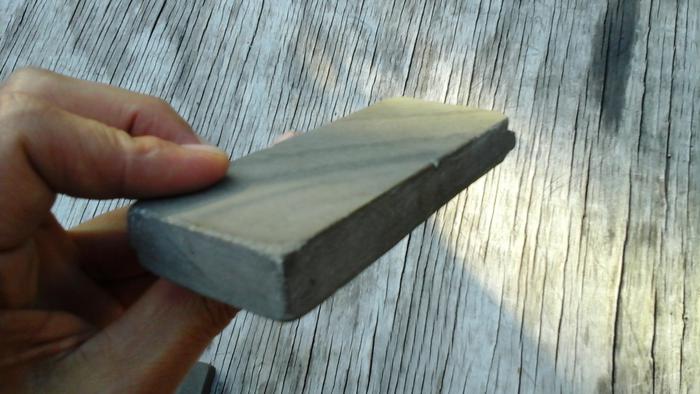
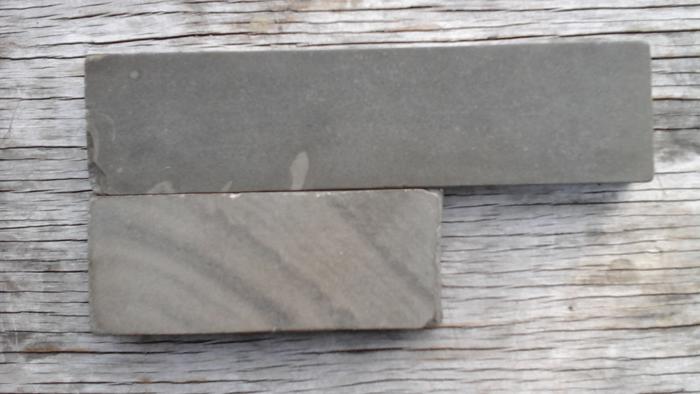
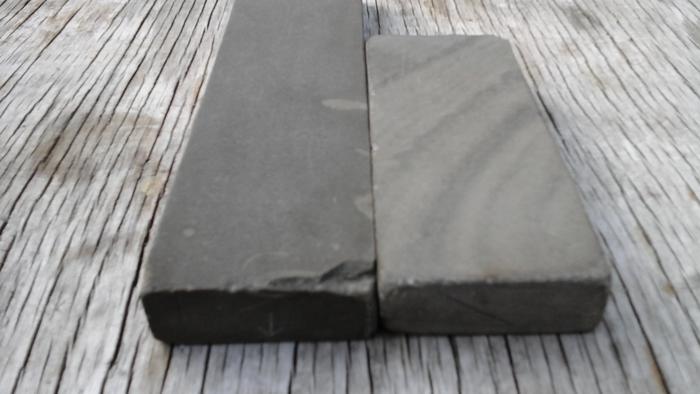 Back from the dead, I have finally broken the code and it feels very good to know. I purchased a lot of seven hones because I was sure one was a natural and it looked big(20 bucs for seven stones). All were in different shades of black,reeked of old oil. Easy off and simple green took care of that. It turns out three of the seven all naturals. 5x2 one I thought was a turkey stone ended up being a tradisional wavy banded dalmore blue, same thickness, same width, and most important same feel as my mistery hone only difference is length but that is not important as it looks like it broke off a piece. Definately a dalmore blue and the mistery is no more, my gut feeling knew I was right.
Back from the dead, I have finally broken the code and it feels very good to know. I purchased a lot of seven hones because I was sure one was a natural and it looked big(20 bucs for seven stones). All were in different shades of black,reeked of old oil. Easy off and simple green took care of that. It turns out three of the seven all naturals. 5x2 one I thought was a turkey stone ended up being a tradisional wavy banded dalmore blue, same thickness, same width, and most important same feel as my mistery hone only difference is length but that is not important as it looks like it broke off a piece. Definately a dalmore blue and the mistery is no more, my gut feeling knew I was right.
I could not have done it without all the help I recieved here with peoples sugestions as to a possible identification. A lot of searching just expanded my knowledge so it was very helpfull.
One last thing is I have a course french stone too, so I knew it was not one of those. Mine is very light grey turning light grey/green when wet and a lot softer than the DB and very course and reeks of wet clay when wet(less than 1k grit). So thanks guys one less mistery!
-
05-28-2017, 06:07 AM #22

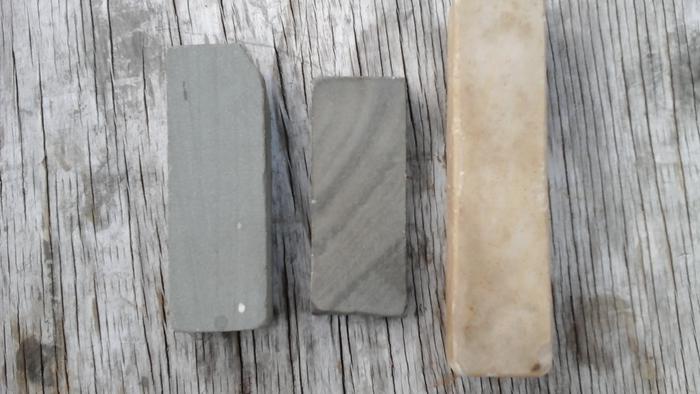
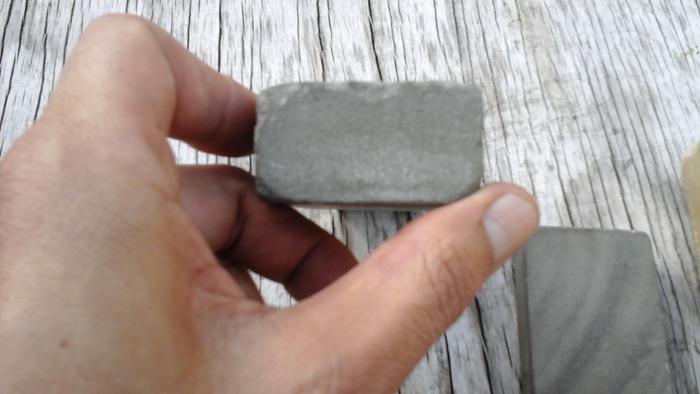
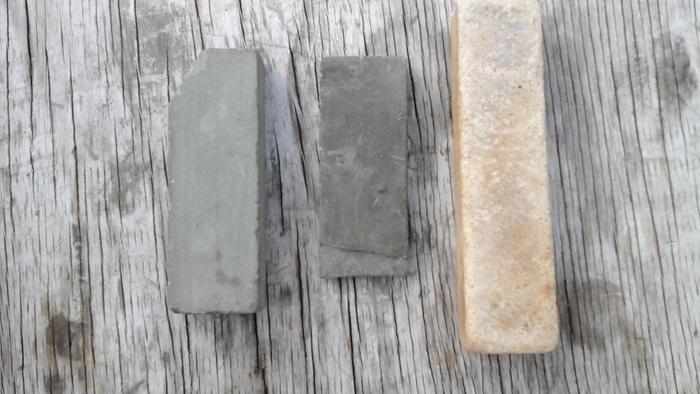
For comparison stone on left is course stone in the middle is dalmore blue and an right is a fine light tan/ white hindostan stone (has the layers on visible on the sides).


 15Likes
15Likes LinkBack URL
LinkBack URL About LinkBacks
About LinkBacks






 Reply With Quote
Reply With Quote